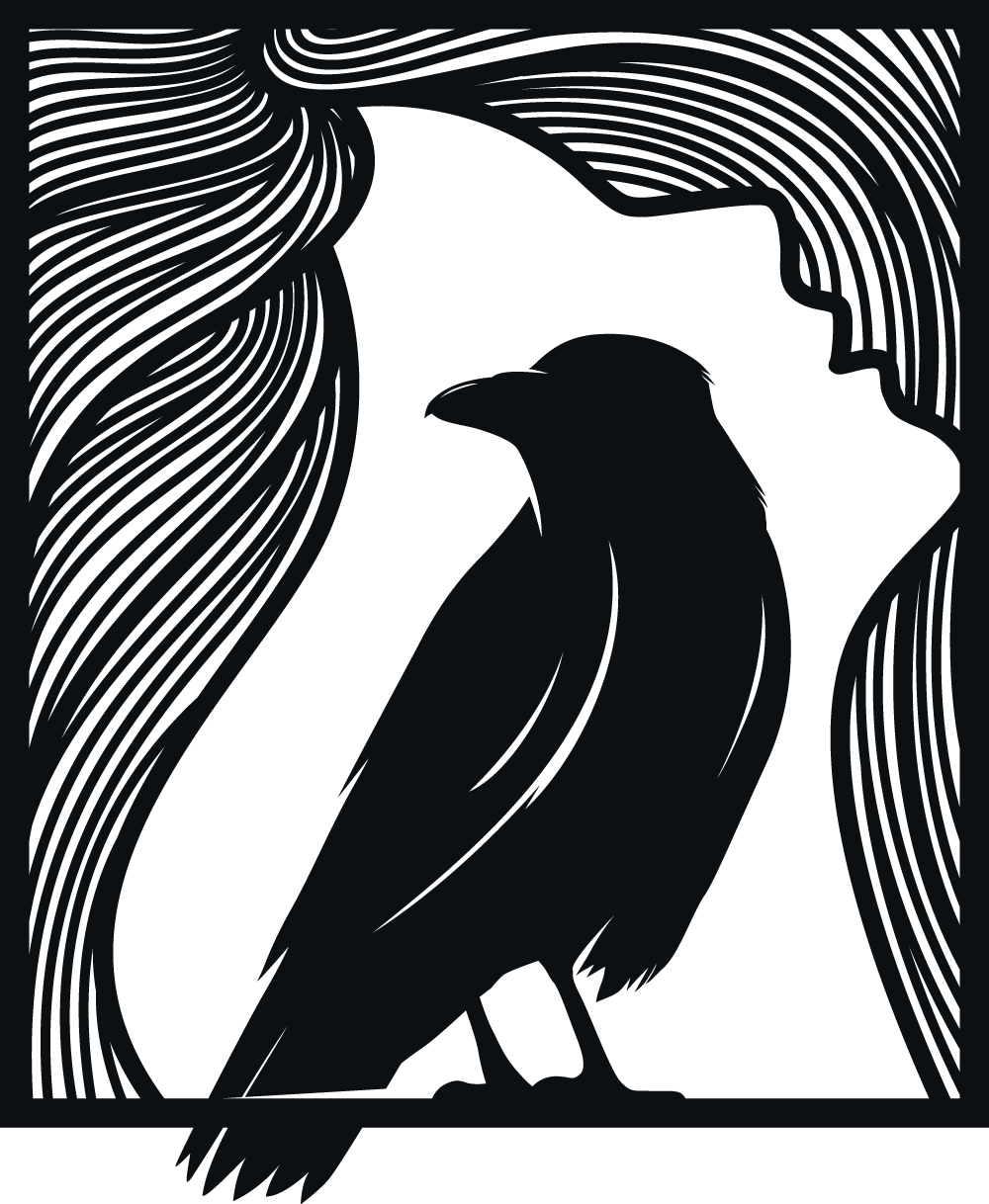
Dikke Miet: The Wise Woman of Aarle-Rixtel
When I moved to Aarle-Rixtel, I quickly learned about a remarkable local legend: Dikke Miet van den Boogaard (1930-1998). Miet remains alive in the stories told by villagers, and in my view, she represents a beautiful example of a traditional wise woman or witch in the most positive sense of the word.
Miet was known for her healing powers. She discovered her gift as early as elementary school. She healed people through laying on of hands – simply holding her hand above the affected area. She helped people with burns, eczema, and other ailments that conventional medicine couldn't cure. Villagers tell of a neighbor boy with severe burns whom she healed after he had fallen against a stove. Another remarkable story involves a woman who had been bald for 30 years and whose hair returned after Miet's treatment – something no one else had been able to accomplish.
Her daughter Christien said that her mother "had a certain power with which she could heal people" and emphasized that she never charged money for this. People thanked her with gifts and food, but Miet helped primarily out of kindness and compassion.
What defines Miet as a traditional wise woman to me was her deep connection with nature and her spiritual insights. "The trees are my friends," she often said. She spoke about being one with nature, with everything that grows and blossoms. "If you've never experienced it, you can't understand it," she explained about her ability to talk with trees. She had dreams in which she flew and spoke of other worlds yet to be discovered.
In a preserved interview, Miet herself says: "Perhaps I was a witch in previous lives." She spoke openly about reincarnation and the eternal cycle of life. "I have always existed, maybe not as a human, but always as something living," she said, revealing a deeply pagan worldview so characteristic of the old witch tradition.
Besides her healing work, Miet ran a pub in Aarle-Rixtel. This place functioned as a kind of community center where everyone was welcome. Visitors described a feeling of "coming home" and called her a "primal mother." She didn't judge people who were different – something she actually detested about a society she viewed as too selfish.
Although she never went to church, Miet had a spiritual awareness. She spoke of "something that always helps" without calling it god, and emphasized the importance of gratitude and standing on your own feet.
Miet also wrote poems that reflected her deep connection with nature. For Aarle's 800th anniversary, she wrote a beautiful poem about the river as the "vein of life," with lines such as: "My thoughts wander to that primordial event, full of wonders and movement, no beginning and no end, death and yet life again."
What I find fascinating is that Miet fit into a region with a history of witchcraft. North Brabant, where Aarle-Rixtel is located, experienced witch trials in the 16th and 17th centuries, particularly in the Peelland region, Gemert, and Helmond – all not far from Aarle-Rixtel. It's as if the ancient knowledge and wisdom continued to live on in women like Miet, despite the persecutions of centuries ago.
She accepted her nickname "Dikke Miet" (Fat Miet) with grace, because "the way it is, is just the way it is," she said. This down-to-earth attitude, combined with her extraordinary gifts and deep connection with nature, make her an example of a traditional wise woman or folk witch to me.
And Miet is not alone. To this day, people who represent paganism live in our small village. During Halloween, villagers decorate their houses, some with just a spiderweb, others with complete haunted houses. Through a small pumpkin candle that I received as a gift, I discovered that even the organizer of this village event identifies as a witch and shares more about the origin of this tradition through the village forum.
Thus, the tradition of wise women like Dikke Miet van den Boogaard lives on in Aarle-Rixtel, living proof that ancient wisdom and folk beliefs still have a place in our modern world.

